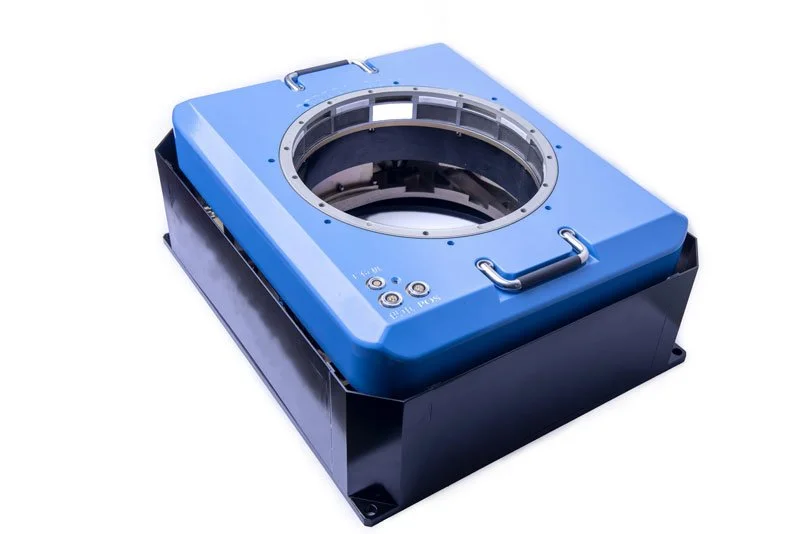Unlocking New Heights: The Impact of Three-Axis Stabilized Gimbals on Aircraft Design
How a Three Axis Stabilized Gimbal Works
A Three axis stabilized gimbal mounts to the airframe and rotates on three independent axes—pitch, yaw, and roll. These axes respond in real time to aircraft motion, counteracting attitude changes and keeping the payload level. The result is a stable platform for cameras, sensors, and other mission equipment.
Role of Three-Axis Stabilized Gimbals in Aircraft
Stability and Control in Flight
By isolating payloads from airframe movement, a three-axis stabilized gimbal preserves measurement accuracy for cameras, radars, and multi-spectral sensors. This stability improves safety, data quality, and mission reliability in crosswinds, turns, and rapid climbs or descents.
Better Surveillance and Imaging
For search and rescue, border patrol, and reconnaissance, a 3-axis gimbal keeps optics steady, delivering sharper imagery, consistent line-of-sight, and higher confidence in target identification—day or night.
Benefits for Aircraft Design
Vibration Reduction and Precision
Airframes generate high-frequency vibrations that blur images and distort readings. A three-axis stabilized gimbal actively filters these inputs, maintaining precise pointing and clear data capture.
Performance in Turbulence
In turbulent air or adverse weather, the gimbal minimizes payload jitter so aircraft can continue collecting high-value data without pausing operations.
Key Applications
Unmanned aircraft & reconnaissance drones: Stable, long-range surveillance during high-speed maneuvers.
Manned aircraft & helicopters: Mapping, inspection, environmental monitoring, and public safety missions.
Commercial & civil aviation: External monitoring cameras and high-definition feeds to ground control for situational awareness.
Future Trends
Enabling Autonomous Flight
As autonomy advances, the Three axis stabilized gimbal will remain central for stabilizing navigation sensors, aiding robust perception and guidance in dynamic environments.
Smarter Control and Automation
Modern gimbals integrate advanced control algorithms that adapt to changing flight conditions in real time, improving pointing accuracy and reducing operator workload.
Why Choose Changchun Huanxin Co., Ltd.
Customization and Innovation
Changchun Huanxin Co., Ltd. designs and manufactures three-axis stabilized gimbals tailored to your payload, weight, and mission profile—from EO/IR cameras to specialized sensors.
Quality You Can Depend On
Every unit undergoes comprehensive testing for precision, durability, and reliability, ensuring consistent performance in demanding field conditions.
FAQs (Optional for Rich Results)
What does a Three axis stabilized gimbal stabilize?
Pitch, yaw, and roll, keeping cameras and sensors level for clear, accurate data.
Where is it used?
Drones, manned aircraft, and helicopters for surveillance, mapping, inspections, and public safety.
Why is vibration isolation important?
It prevents blur and data noise, preserving measurement accuracy during flight.







